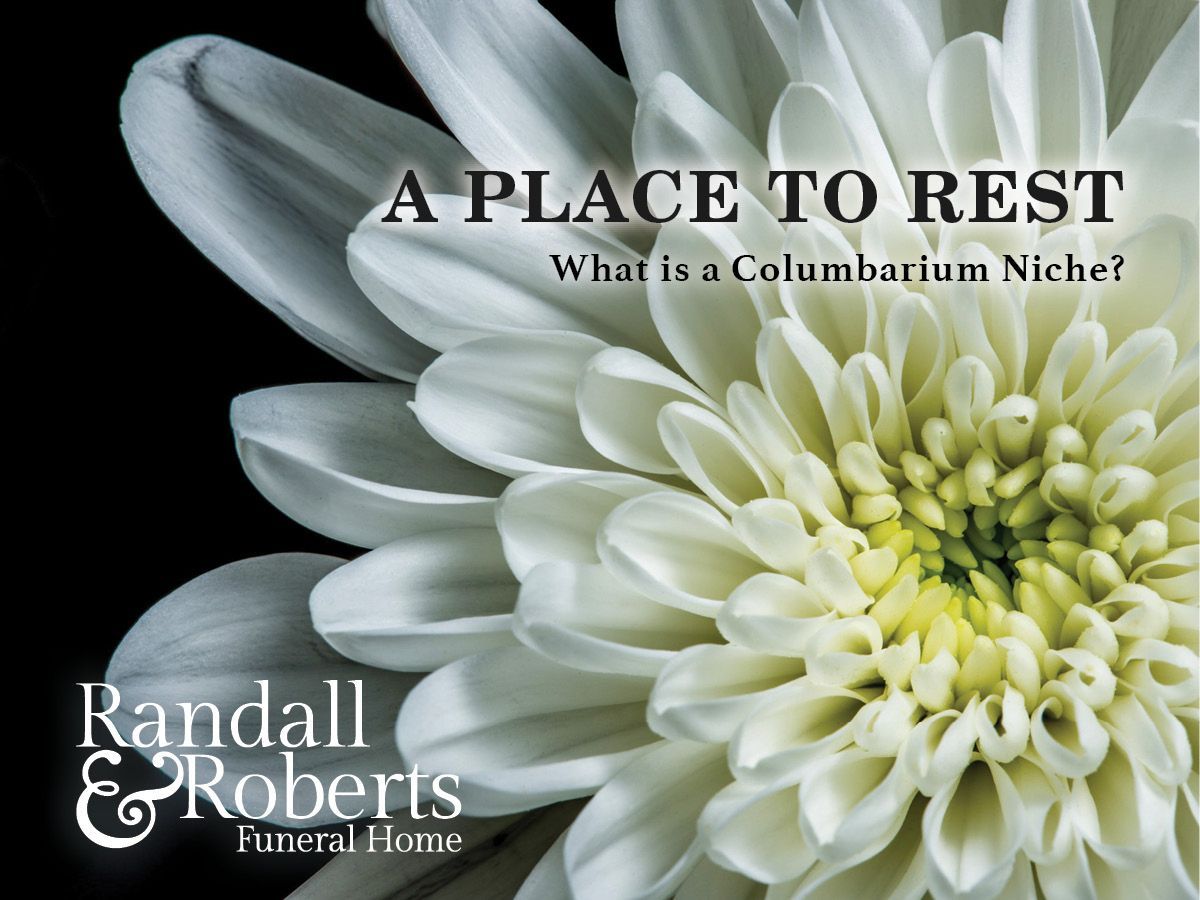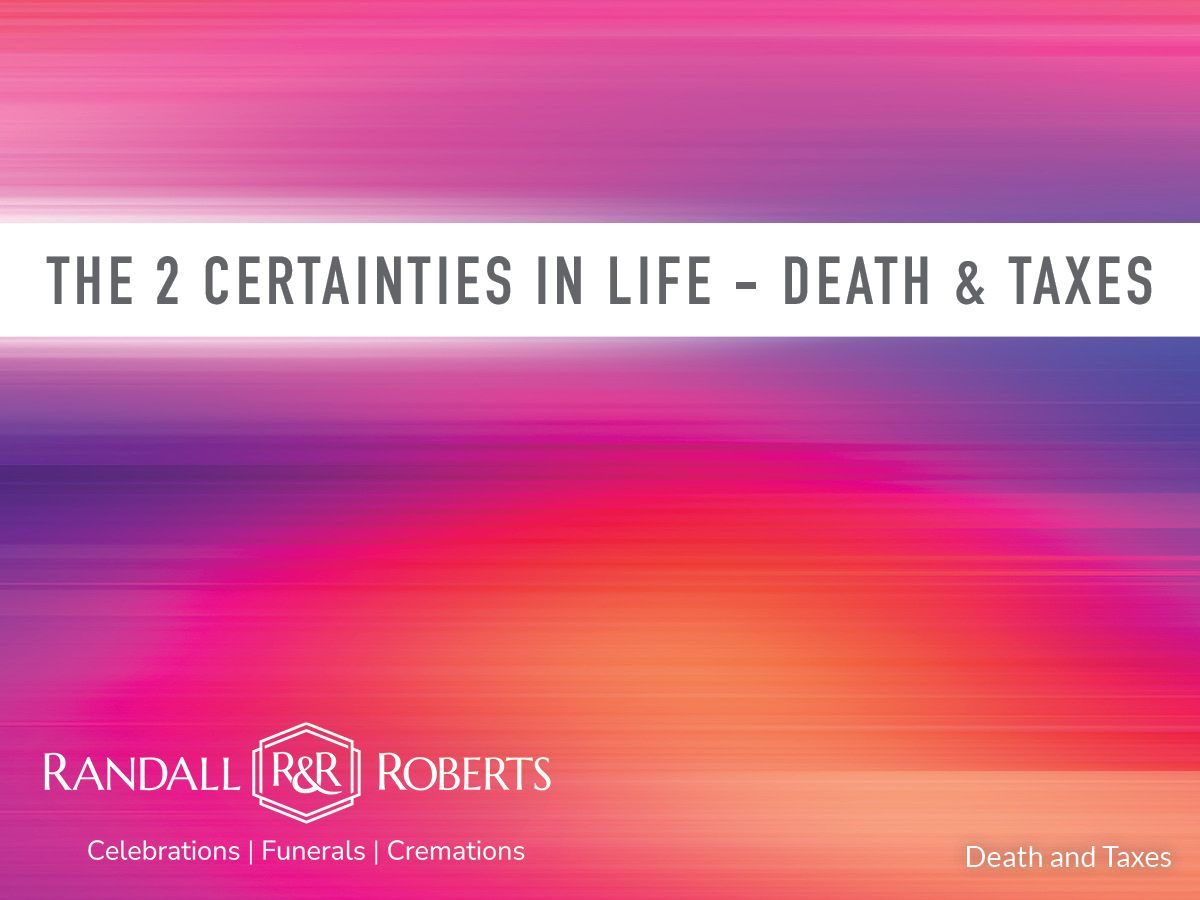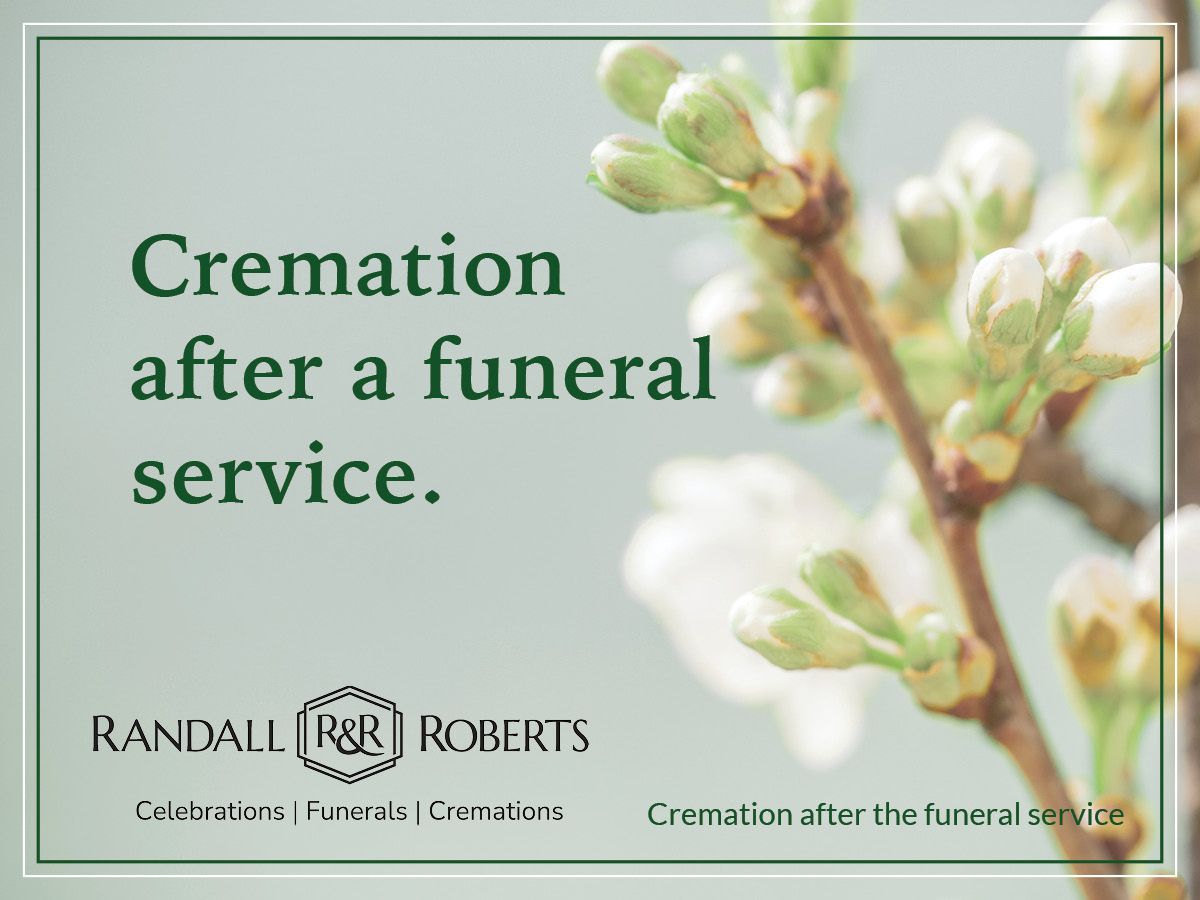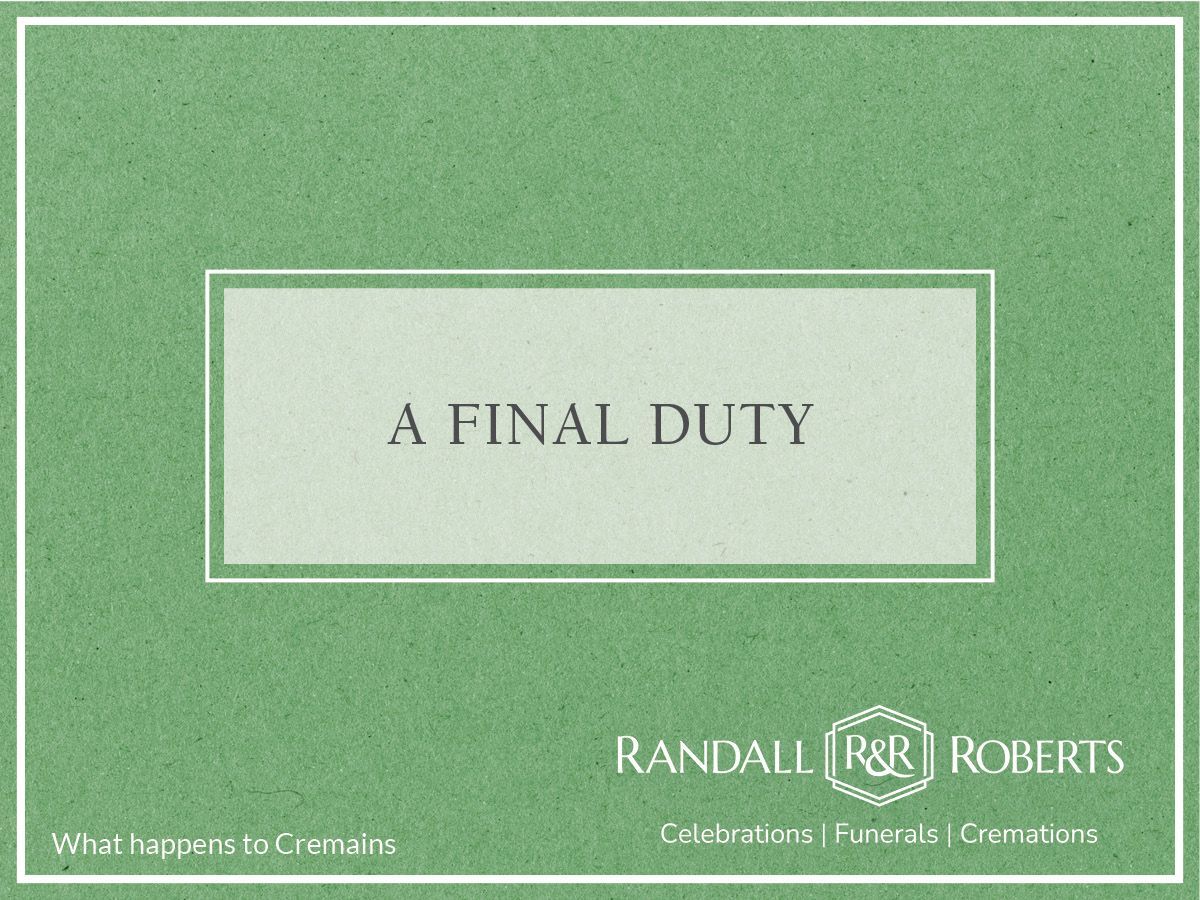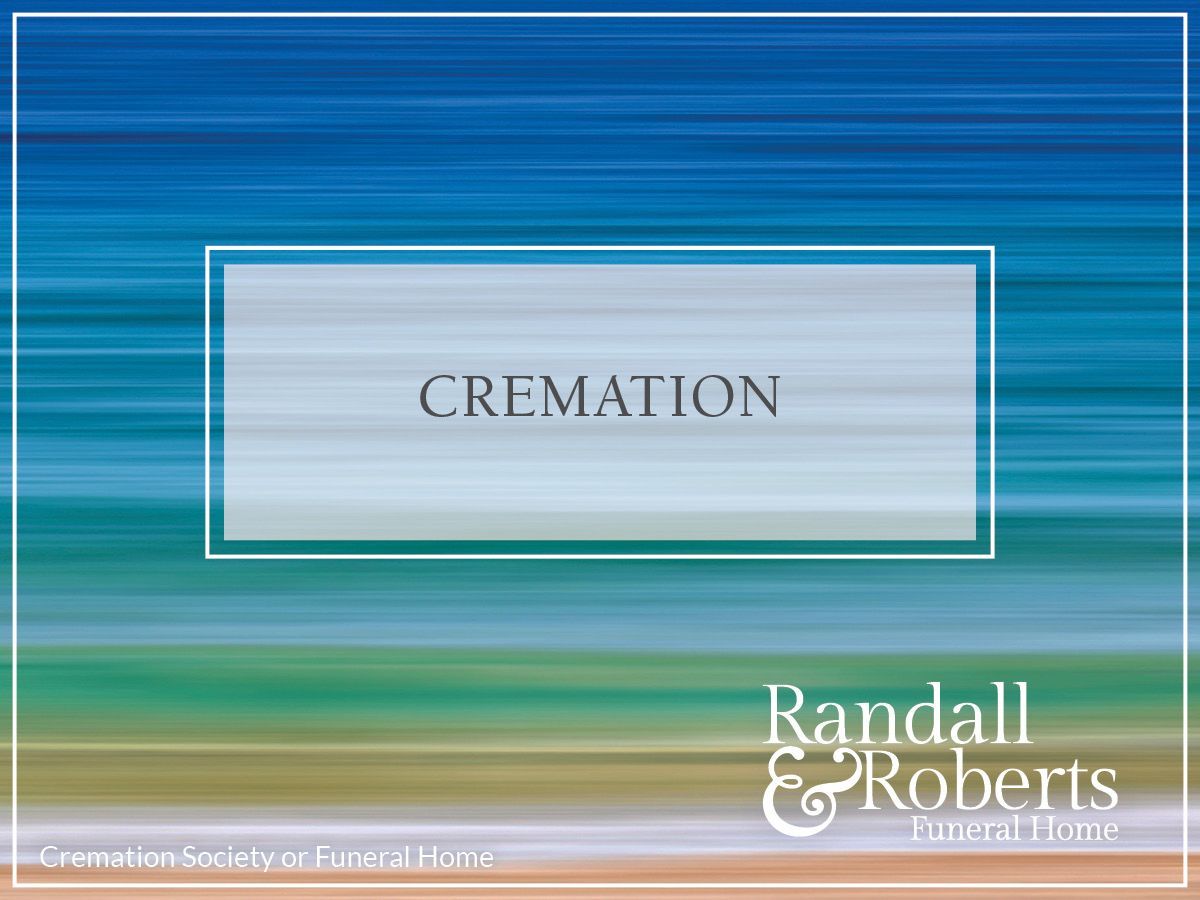What To Expect with Cremation?
Cremation has been around for thousands of years. It is required by some faiths and forbidden by others. Governments, charged with protection of the public health and aesthetic of the community, have laws governing both cremation and burial practices. One way to view burial and cremation is to look at each as a means to the same end. Dust to dust. Cremation is quick, and burial is slow. Either one is a legal and acceptable means to the end. Most people understand what burial is about, but questions remain about cremation.
Cremation takes place in a chamber designed specifically for the purpose of reducing human remains to basic elements. This chamber is called a retort, cremator, or cremation chamber. One human body and only one at a time is cremated in the cremator. The body is clothed or shrouded and placed in a container before being placed in the cremation chamber. The container is made of a combustible material.
The cremation process takes from 2 to 3 hours. The time varies based on the size of the body and heat capacity of the cremation chamber. Typically, the chamber reaches between 1500 and 1900 degrees during the cremation process. The body is reduced to bone fragments. After cremation the chamber cools and the contents are swept clean, any metal is collected, and the larger bone fragments are crushed. The finished product is greyish white in color and is similar to the consistency of aquarium gravel. It is coarser than dust or ashes.
On average, four to six pounds of cremated remains are produced. The height of the individual has more impact on the amount of remains than the weight of the person. The composition of cremated remains is largely calcium carbonate. There are several options of what to do with remains. It is important, and sadly often overlooked, to have a plan for cremated remains that is acceptable for the family.
Cremated remains can be buried in a cemetery. Many cemeteries allow one cremated family member to be buried in the same grave space along with another family member. This option is a cost savings since a second burial space is not needed. It also gives family members the benefit of having a location to visit and remember.
Ashes can also be scattered on private property or buried at sea. See epa.gov for the laws regarding burial at sea. There are also services that will assist a family with carrying out a sea burial. It is always advisable to work through your family funeral home. Your local funeral director will know who to call and who can be trusted to carry out your family member’s wishes.
It is also possible for family members to keep the remains in an urn or in attractive jewelry pieces. The best person to help you sort out all of these decisions and choices is your funeral director or advance funeral planner. Both typically offer consultation at no cost.


